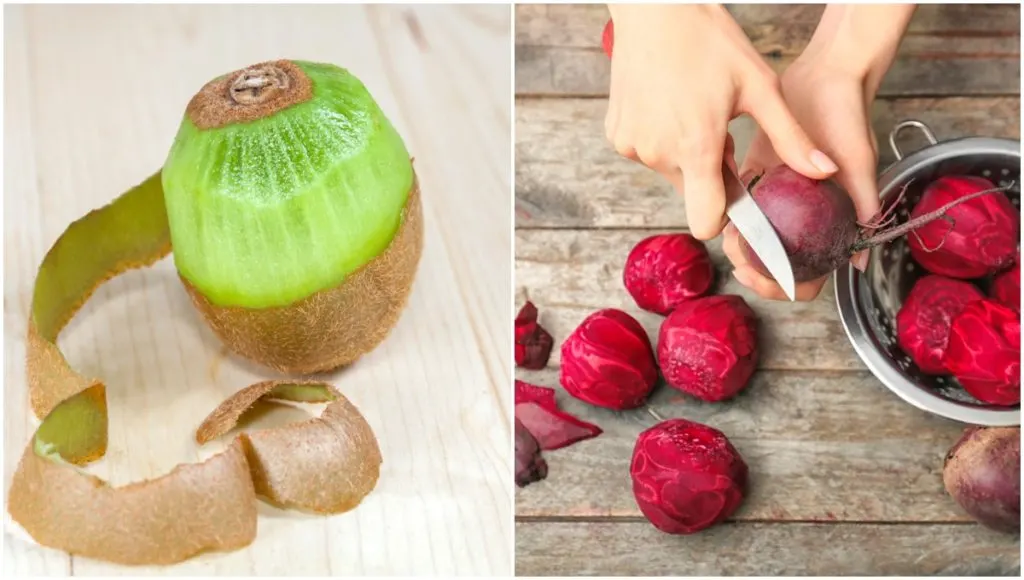
If you’re peeling these fruits and veggies, you’re missing out on a whole heap of goodness and flavor.
In this article we reveal which fruits and veggies you really shouldn’t peel – and one very important consideration when it comes to eating the peel of some produce. Plus we share some more quick tips for reducing food waste at home.
Why You Should Eat the Peel
Let’s first assume that all the fruits and vegetables you consume are organic.
I know, that’s the dream, right? The ideal world that seems a million miles away from conventional growing. Yet, that’s one of the bonuses of growing your own fruit and veg.
If you don’t already have a garden, maybe it is time to think about getting seeds and putting one in.
So, organic. You’ve heard that it’s healthier for you, puts less strain on the environment and uses next to no chemicals. But, it costs more.
I get that. More attention has to go into organic crop production. And sometimes the end result is smaller, or knobbly, or whatever. Eat it anyway.
Another thing about food waste is that we shouldn’t be so picky as to only eat what looks perfect. Go for quality, not quantity. Search for nutrients in food, not sugary mass.
Which bring us to the peel itself…
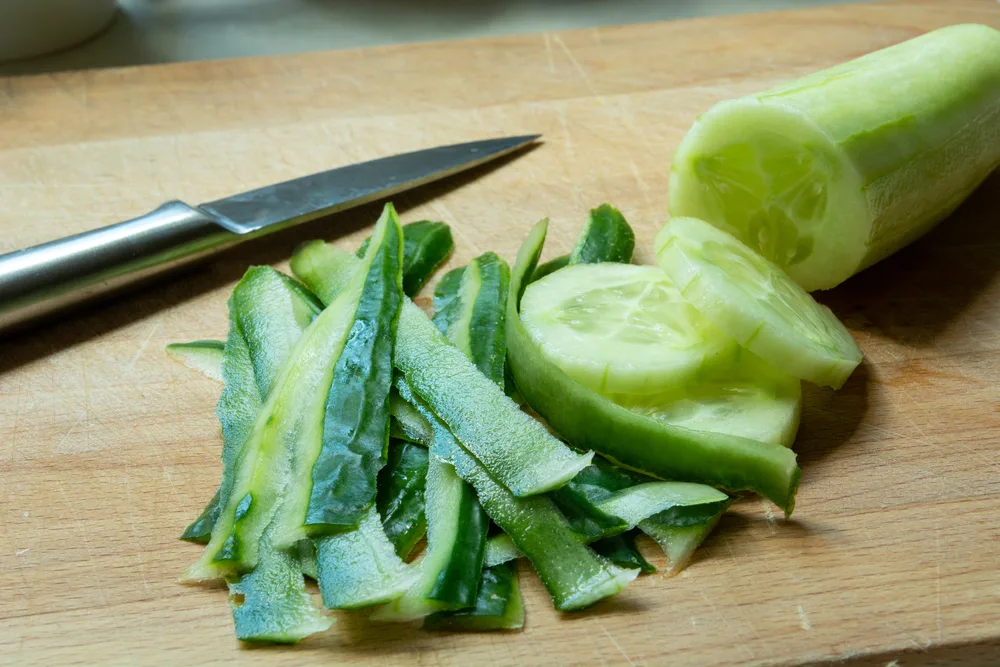
Fruit and vegetable peels, in general, contain more antioxidants, fiber, minerals and vitamins than the rest of the fruit or veg.
Peels are full of amazing things our bodies need. But sometimes they contain higher levels of pesticides too, even foods grown in organic production.
Take the peel on a case-by-case basis. If it’s organic, go ahead and eat everything on this list. Non-organic? Wash and remove the peel if you must, though research shows that in some cases you miss out on more by not consuming the peel.
Removing the peel may get rid of more pesticide residues than washing alone, but the difference is minimal.
In any case, be sure to give every fruit and vegetable a good wash before eating or cooking.
List of Foods You Shouldn’t Peel
Begin with pesticide-free veggies and fruits for the best possible experience.
Then think about how you are going to process them. Not peeling your garden crops is best done when you plan to grate, mash or roast them. Yet if you are eating them raw, you should also lean towards leaving the skins on.
The only time you might want to take on the extra work of peeling, is if you are searching for a homogeneous texture. Some peels are thicker than others, so if you plan on making a purée or steaming your veggies, grab a peeler or paring knife to get the job done quickly.
But, wait a second. Aren’t peels bitter?
Fruit and vegetable peels are only bitter to the point that they are inherently good for you and your digestion. There’s plenty of necessary fiber in those peels.
You can balance out some of the bitterness, for example, by adding a drizzle of lemon juice and honey to your baked beets with the peel on.
When roasting veggies with the skin on, you can also balance bitterness by adding a small amount of honey or maple syrup.
But, you don’t actually need to add any kind of sweetener to enjoy the peels. Most of them are tasty on their own. Go ahead and try it. In the process, you are preventing food waste.
It feels good to use the whole plant, doesn’t it? Like eating carrot tops or beet leaves. Even radish pods.
1. Beets
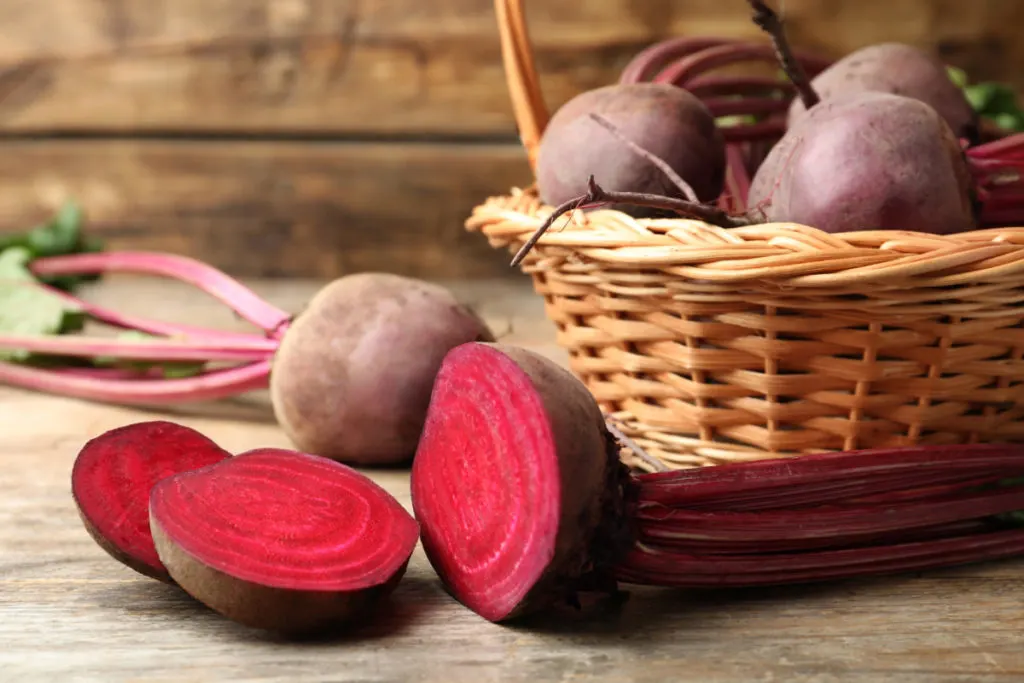
Just about everyone I know peels beets. Why? Perhaps because they taste soily or they are hard to clean. Whatever the case may be, know that beet peels are indeed edible.
Though finding a way to enjoy them can be a bit harder. Mind over matter here, you just need to reframe your mind and stop following everything you were taught to do. This applies to all fruits and vegetables on this list.
Once you realize that something is good for you, why not eat it? Or at least try it and see if you like it.
With beets, all you need to do is cut them in small enough pieces. Then the toughest of skin is pleasantly palpable. If you need a more motivation than that, start with eating young beets which have thin skins.
Trust me, it’s not worth turning your hands pink to peel a few beets.
2. Carrots
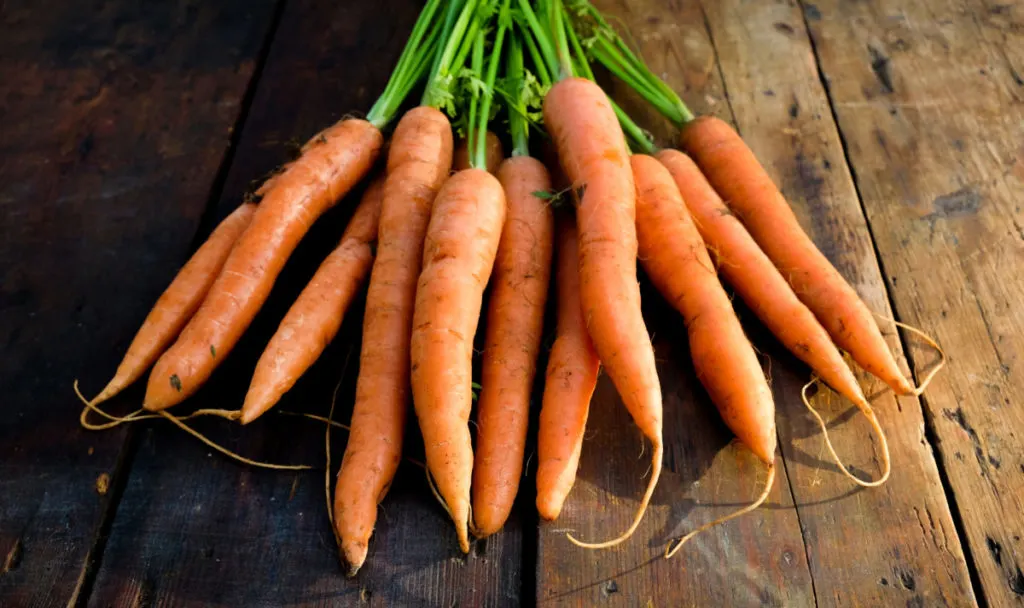
As long as you wash and scrub your carrots, you absolutely do not have to peel them. The entire carrot is edible from leaf tip to root.
Some people claim that the carrot peels are bitter. This may depend on the variety, growing stress or time of harvest. In general, you are going to be okay with not peeling your carrots. If the skin tastes bitter, it may just be bitter all the way through.
Refuse to peel your carrots when making:
- soup stocks
- hearty stews
- carrot juice
- roasted carrots
- carrot purées
Simply scrub the roots and toss them in a pot or baking sheet along with the other ingredients.
If you are going for looks, let’s say you are making a carrot and apple salad for unpeel-worthy guests, go ahead and strip the carrots if your roots are getting a bit old.
Or do leave them unpeeled to make a zero food waste statement. You might turn your dinner guests onto something new.
3. Cucumbers
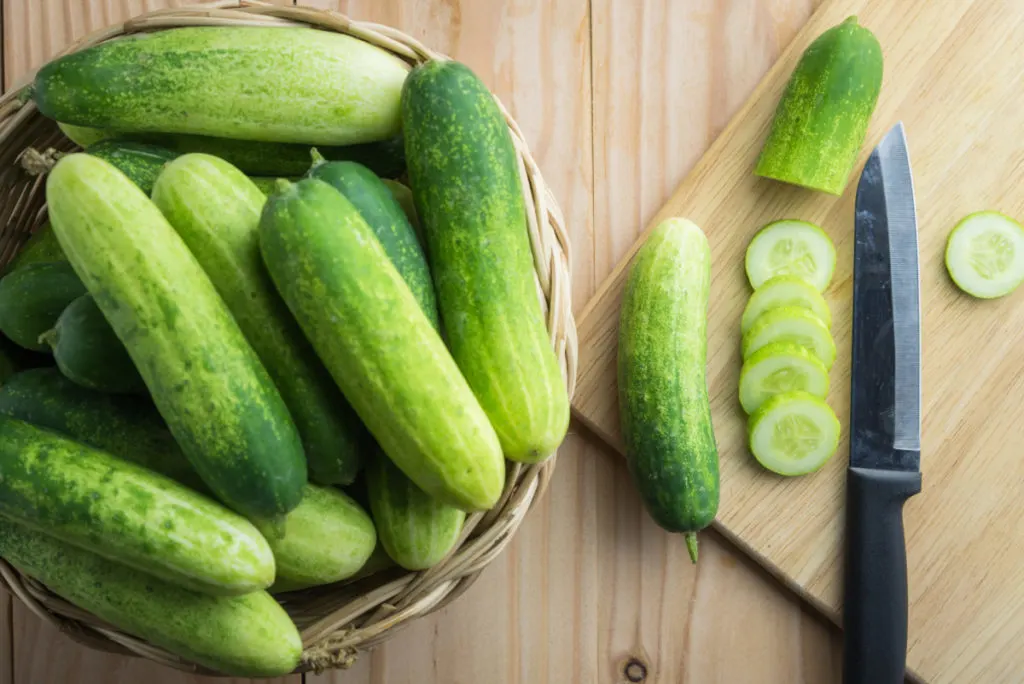
If you have exercised caution in the past about not peeling your vegetables, it may be that you’ve heard about the “Dirty Dozen“. It’s a list of foods that are more contaminated with pesticides than other crops.
In 2021 the dirty dozen included: strawberries, spinach, kale/collard/mustard greens, nectarines, apples, grapes, cherries, peaches, pears, bell and hot peppers, celery and tomatoes. Common garden crops to be sure.
In other years, cucumbers also make the list. But, this shouldn’t prevent you from getting all the vitamins, minerals and fiber from the peels. Cucumber peels contain potassium, magnesium and molybdenum – all of which are good for your skin. But you already knew that.
Modern varieties of cucumbers are sweeter than ever. Go ahead and eat the entire fruit.
4. Eggplants
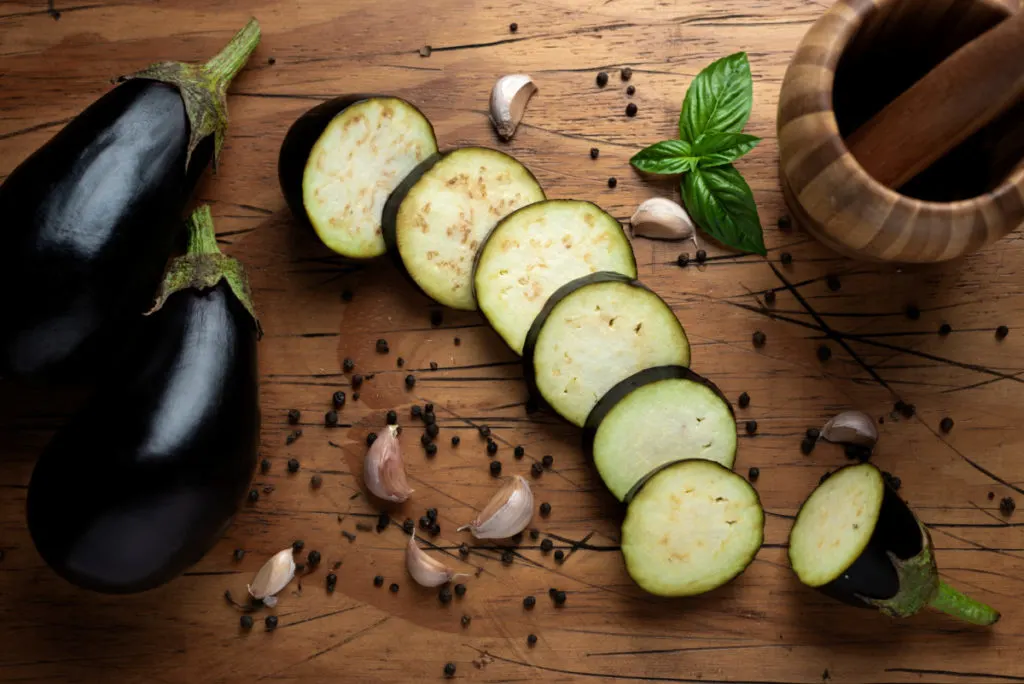
Growing eggplants at home is such a rewarding experience. You can get so much more variety than just the standard purple fruits.
It’s said that the skin gets tougher on older, larger eggplants. The remedy to that is to eat them younger. Then there is absolutely no doubt that you can eat eggplant with the skin on.
Keeping the skin on also depends on your recipe.
If you are breading slices of eggplant – by all means, leave the peel on. Not only does it taste fantastic, it holds the integrity of the eggplant together.
Stuffed eggplant? Definitely don’t peel it. Roasted or tossed in a stew? Also feel free to leave the nutritious skin on.
Do peel your eggplant, however, if you are making baba ganoush or zacusca.
5. Kohlrabi
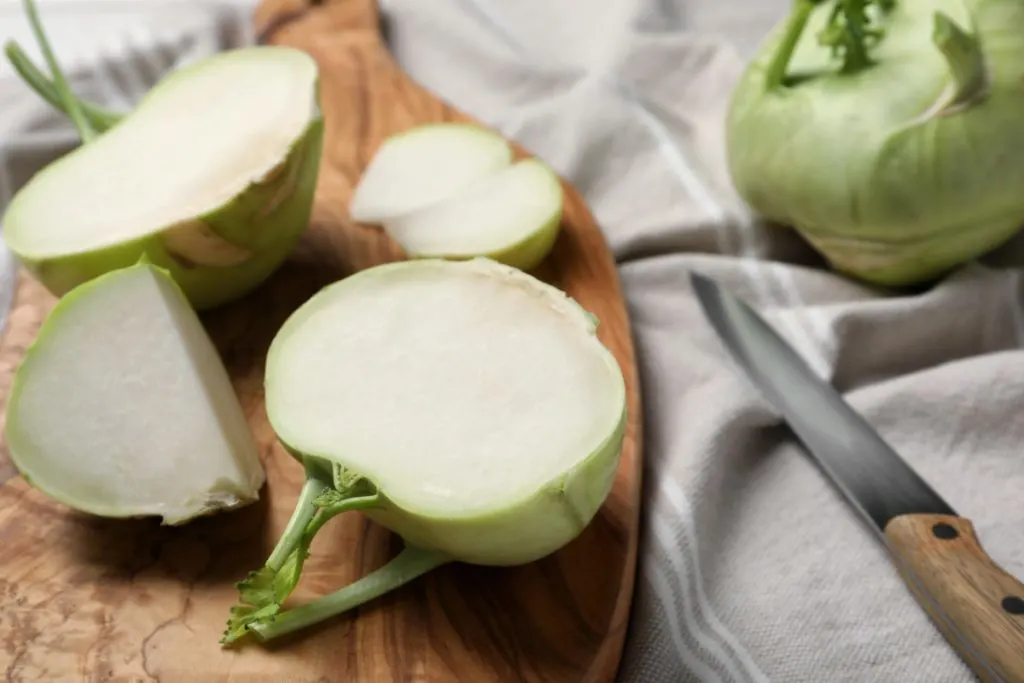
Not everyone likes kohlrabi. Many of you reading this may have never even tried it.
Yet, I believe it is a garden vegetable that deserves a lot more attention. Some varieties of kohlrabi are ready to harvest in as little as 6 weeks and they are generally free of pests. Easy-to-grow is the best way to describe their garden habit.
In the kitchen, you can use kohlrabi in a variety of ways, even with the peel on. Bake, boil or eat it fresh. Again, the only time you’ll need to peel it, is if the skin becomes tough.
It’s your call. If it’s hard to cut, then it’s probably hard to eat. Next time choose a younger vegetable to get all the nutrients of the peel.
Don’t forget that kohlrabi leaves are edible too. Use them as you would kale or collard greens.
6. Potatoes
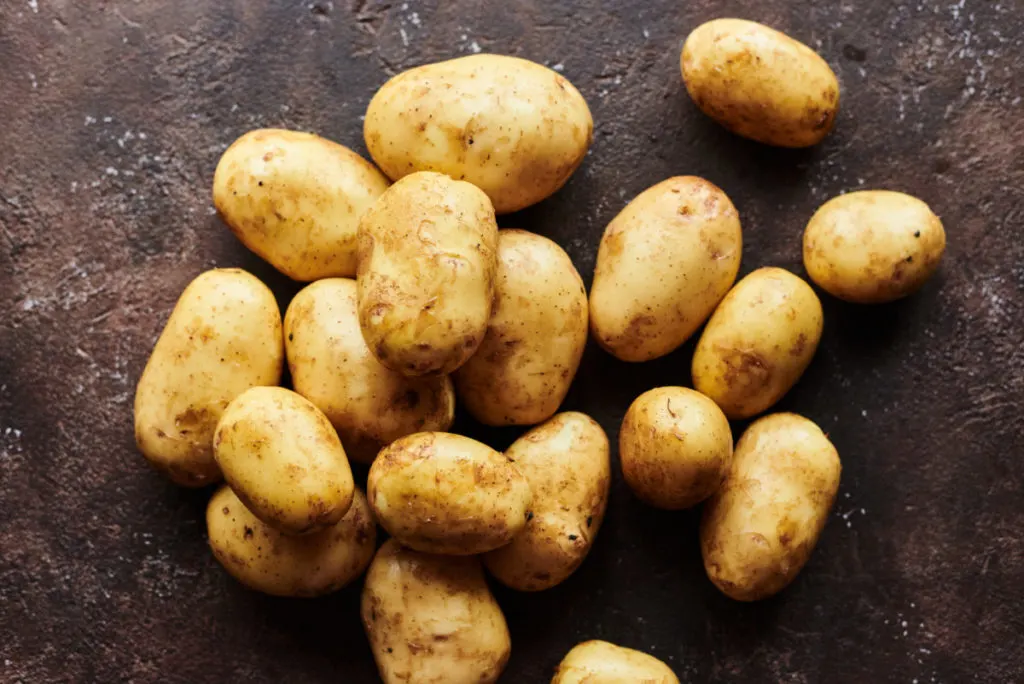
To maximize the fiber, vitamins and minerals in your diet, make sure to eat your potato peels.
Baked potatoes in jackets. Skins in mashed potatoes. Loaded potato wedges. Hash browns and more.
No matter how you cook or bake your potatoes, it is absolutely not necessary to peel them. See, potato skins are a good source of vitamin B3 and potassium. They also contain iron, fiber and flavonoids which can protect your body from infection and disease.
Potato skins are good for your skin, your hair and bones. So stop throwing them away! Especially if they are organic.
You can even make potato peel crisps to use up leftover potato peelings.
Related reading: 30 Unusual Uses For Potatoes You’ve Probably Never Considered
7. Squash
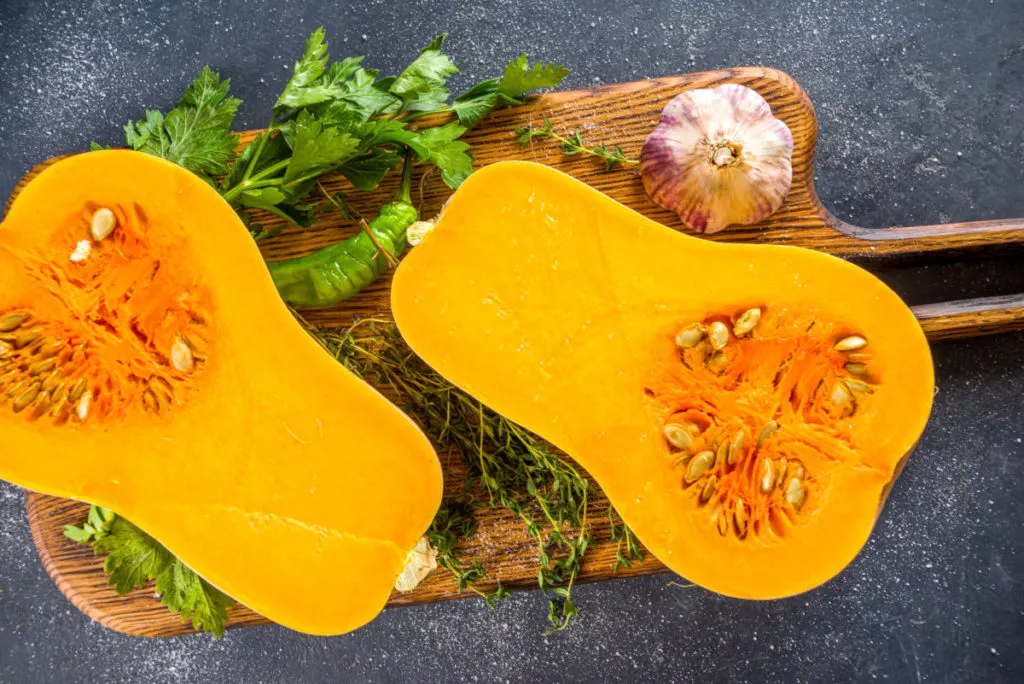
Do you know how hard it is to peel squash before baking? Naturally, it depends on the thickness of the squash as well as how sharp your knife is. But trust me, it’s one of the more difficult fruit/veg to cut in half.
Why fight it if you can eat it?
The skin of squash is edible, so it is of pumpkins. And zucchini? Don’t waste your time in peeling that either. Not only do you save time in the kitchen by not peeling your veggies, you also give your body some beneficial nutrients that need not come by way of a vitamin tablet to be swallowed with water.
Squash contains vitamins A, C, E – and it is meant to be eaten whole, including the valuable skin.
Simple: wash it well and roast it in the oven with some spices. Pure yum!
8. Swedes aka Rutabaga
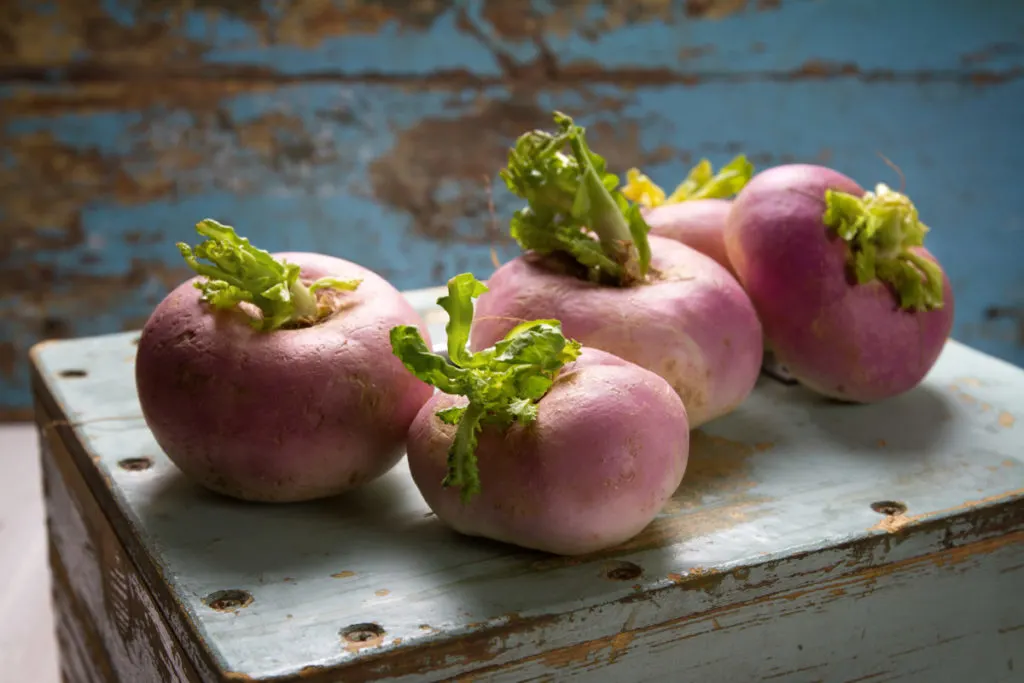
Swedes are often confused with turnips, in part because they are both members of the cabbage family. When we lived in Scotland, it was our go-to vegetable for both lunch and dinner. However, in the States, you’ll probably find it at the grocery store listed as rutabaga.
Like kohlrabi, it is another vegetable that deserves more praise. For it is also easy-to-grow, incredibly delicious and it can grow in partial shade. Rutabagas are one of the heartiest and hardiest roots you can grow. Read more about the health benefits here.
If it feels like I am on repeat here, it’s because I am. Most people peel the Swede/rutabaga. Which is, of course, because the skin gets thicker as the season progresses. Consequently, this hardening of the skin makes it great for long term storage.
However, if you eat the vegetable while young, go ahead and nibble on the skin too.
9. Zucchini
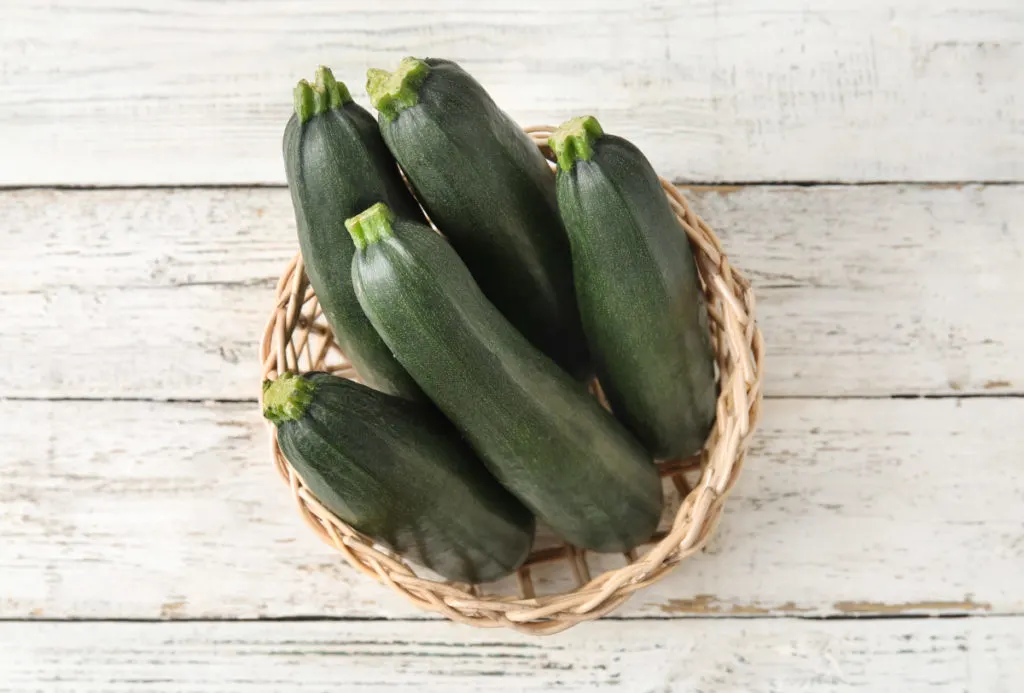
When it comes to eating zucchini, squashes and pumpkin peels, skip below for a moment to read about waxes on your food.
If you know for sure that it isn’t waxed, go ahead and omit the peeling. So long as the skin is soft, eat the whole fruit from stem to blossom end.
Remember, the highest level of antioxidants are found in the peel, or the fruit’s skin. Your body needs plenty of that, so just grate the zucchini with skin on. You won’t see it or feel it in your chocolate zucchini bread, but the goodness is all there for your body to absorb.
10. Apples
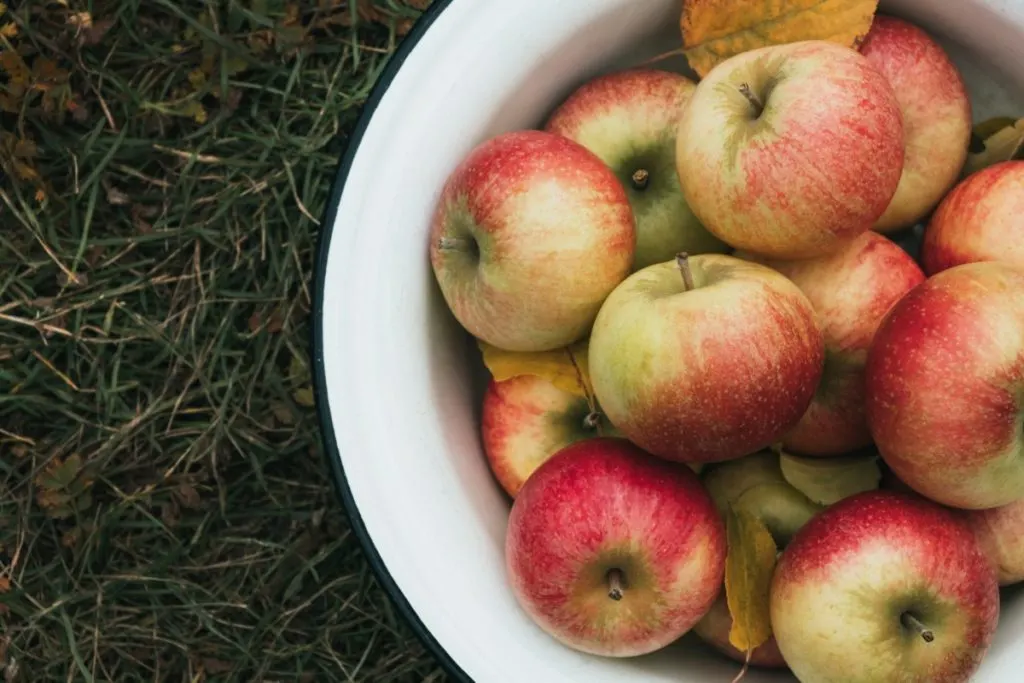
True fruits, the ones we don’t treat as vegetables, can be a touchy subject when it comes to eating the peel or not.
You might wonder why apples are on the list. It may be more true to say that most people do eat their apple peels, particularly when eating them fresh.
But, did you know you can eat the whole apple, core and all? That’s about as zero-waste as you can get.
One reason to make sure you eat the apple, skin and all, is that unpeeled apples have double the fiber, 19% more potassium and 142% more vitamin A than their peeled counterparts. It also contains 332% of the recommended daily value of vitamin K.
That’s a whole lot of nutrients to toss in a landfill if you skip out on eating the peels.
11. Lemons
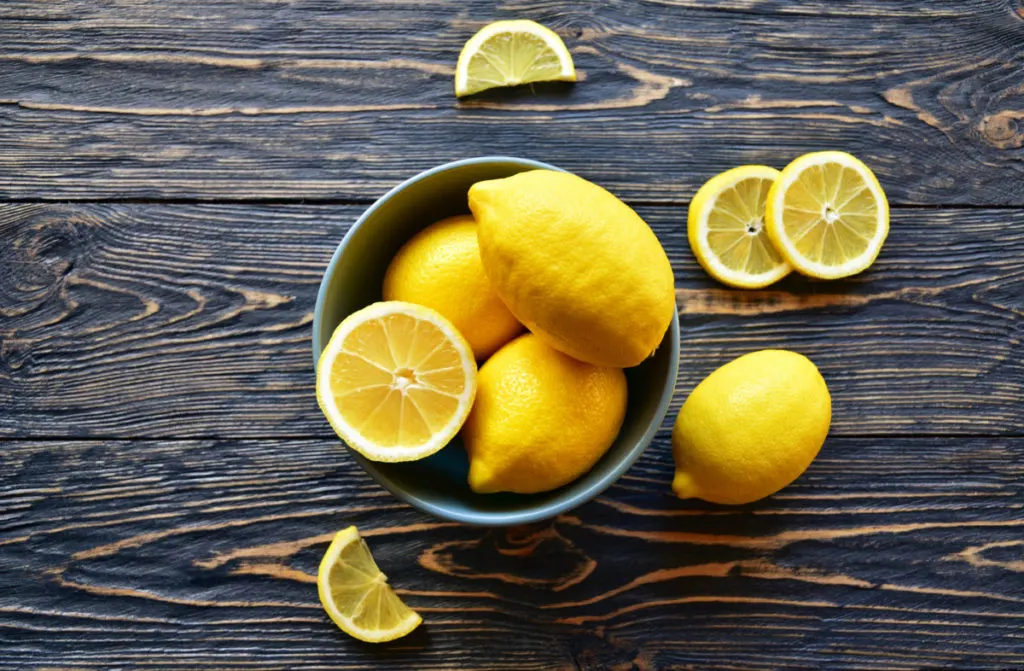
If you are eating any sort of citrus rind, always go for those grown in organic production to get the most out of bioactive compounds. And, of course, the least amount of pesticides and other things you shouldn’t be ingesting.
There are at least 9 well-known benefits of using the lemon peel, so go ahead and preserve all the lemons you can get your hands on.
Can you eat a whole lemon? The Whole Portion has the answer.
12. Oranges
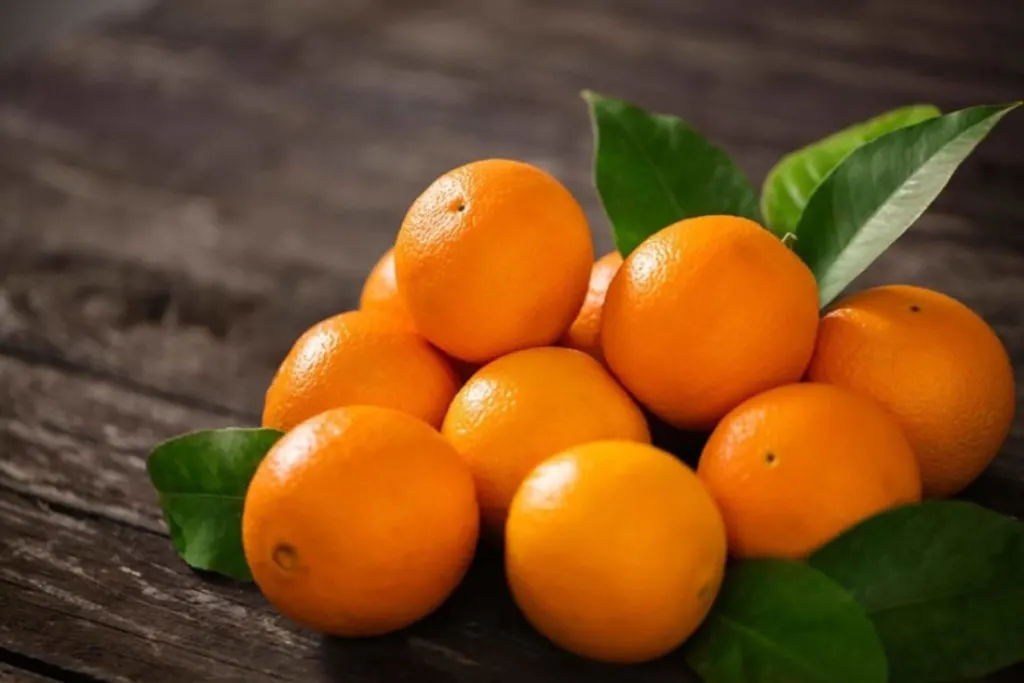
Only in the last couple of years did we begin to question whether or not to eat the whole orange, peel and all. After eating organic oranges (which for us traveled quite some way) we tended to toss the peel on the fire to get rid of the waste. Wait. What waste?
While we’ve eaten candied orange peels, we had never tried eating it raw. Call it social conditioning, or listening to the wise ways of our grandparents, it never occurred to either my husband or I to slice and eat oranges with the peel on. Yet, we’ve always dried the orange peel to use in tea or mulled wine. See the contradiction here?
Orange peels are in fact good for you. Organic, of course. 1 tablespoon of orange peel provides 14% of all the vitamin C you need in one day, three times more than the pulpy juice inside.
Orange peels also contain provitamin A, folate, riboflavin, thiamine, B6 and calcium. Nature is full of vitamins and minerals if we only know where to look.
If you are sticking to a more local and seasonal diet, don’t forget about foraging too. It’s an excellent way to give your body all the nutrients it needs.
And if you still have some apprehension about eating lemon or orange peels, go ahead and save them for making all-purpose cleaner. It’s fragrant stuff!
13. Kiwis
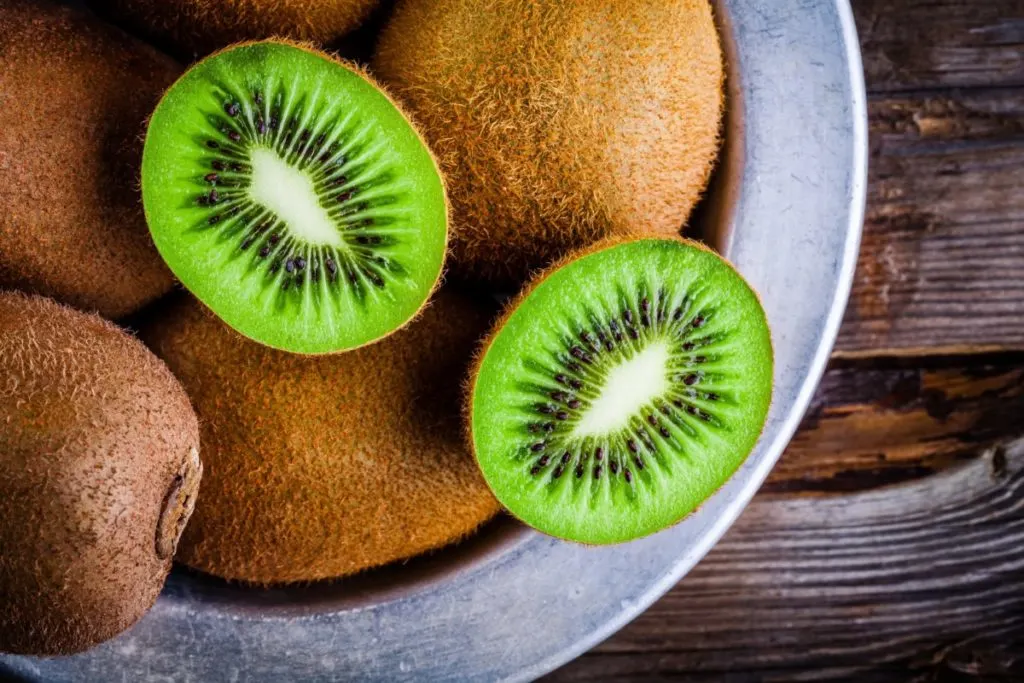
Fuzzy, yes. Is kiwi skin really edible? Affirmative to that too.
While it may hard to get over the texture thing, know that kiwi peels, like everything on this list, are rich in many nutrients. Kiwi skins contain fiber, folate, as well as vitamin C and E. Both of which have strong antioxidant properties.
If you can hack it, eat it like an apple. Or slice it for a more refined food.
The caveat: if you have a kiwi allergy, oral or latex food allergy, you should avoid this fruit on the list.
One Thing To Watch Out For Regarding Peels
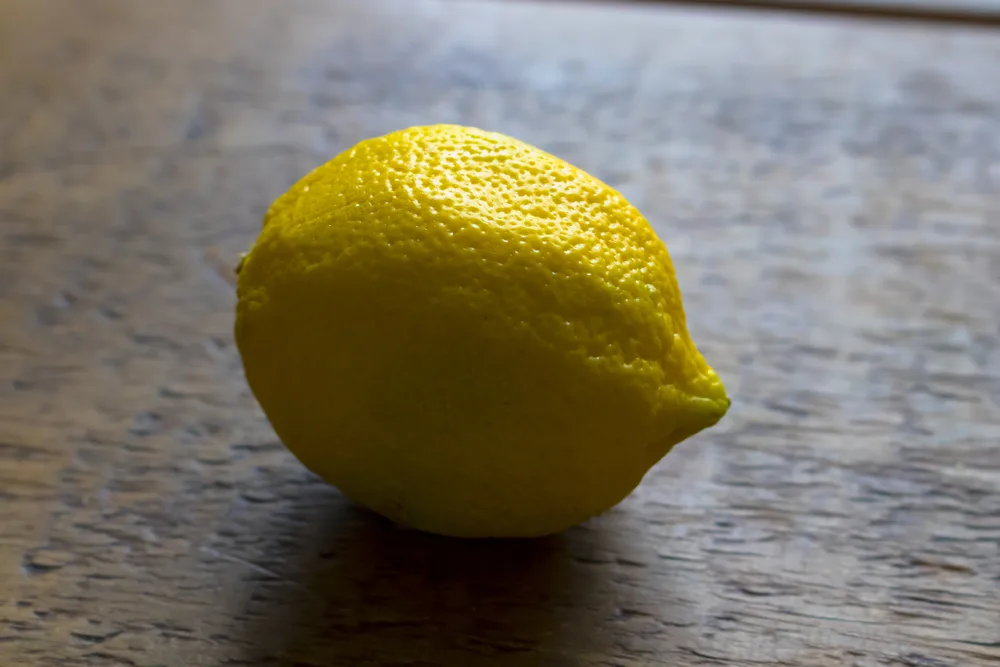
If you aren’t yet growing your own produce and rely on the store to fill your belly, there is something to watch out for: wax.
In order to preserve fruits and vegetables, a shiny wax is applied, a commercial coating if you will.
It makes the food appear more appealing and sellable. While at the same time it contains fungicides to inhibit mold growth, it also delays ripening. In essence, it extends the life of a fruit so that it can be sold weeks, or months, after harvest.
Is it a good or a bad thing? Or something in between? If you are ever in doubt about the wax, go ahead and peel your fruit and veg.
Or purchase all you need from a local farmer/grower. They are very unlikely to use waxes. Investing in small-scale agriculture will help prevent food waste too.
The benefits of eating the peel are as valid as not removing chicken skin, or the skin of any poultry. In the skin, there are vitamins, minerals, protein and healthy fats that your body needs. You should be eating all of that! Nose to tail eating is the concept.
Now practice it with those “safe” vegetables too. Let’s call it: blossom to stem eating.
Don’t automatically reach for the peeler next time you are cooking dinner. Give the peel a second chance and see how you get on.
You may find that it tastes quite fine indeed.
11 Quick Tips For Reducing Food Waste
Aside from eating the peels, here are a handful more quick tips that can cut your food waste significantly.
- Buy only as much food as you need for any given amount of time. Don’t binge shop!
- Make more, smaller trips to the store to eat fresh produce.
- Always shop with a list.
- Learn to preserve an overabundance of food.
- Blend otherwise unused peels and stems into a smoothie.
- Properly store your food, whether in the fridge, freezer or containers.
- Keep an ugly broth bag.
- Eat the seeds of pumpkins and squashes.
- Cook at home, rather than eating out.
- Compost.
- Eat your leftovers – and enjoy it!
Of course, there are more ways than this to reduce food waste. You’ll easily pick up on new ideas as you go.
Related reading: Yes, You CAN Eat That! 15 Food Scraps You Didn’t Know Were Edible (& Delicious!)

Get the famous Rural Sprout newsletter delivered to your inbox.
Including Sunday musings from our editor, Tracey, as well as “What’s Up Wednesday” our roundup of what’s in season and new article updates and alerts.

